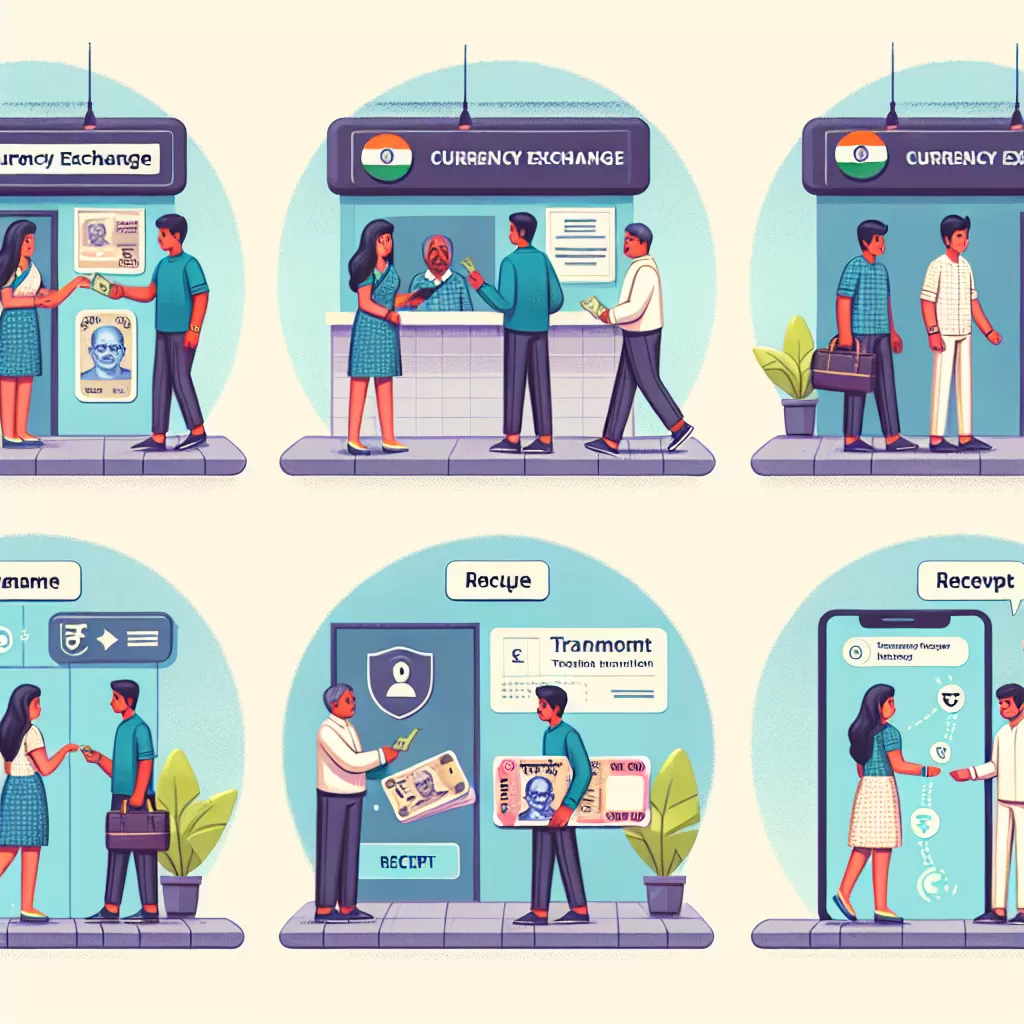How Many Stages Are In The Currency Exchange Market In India

A Deeper Dive into the Stages of the Currency Exchange Market in India
Humans have been exchanging and trading goods for thousands of years, but nothing has shaped the dynamics of global commerce as profoundly as the introduction of currency. In India, the currency exchange market plays a significant role in determining the country's economic status and growth. This article explores the intricate stages of the currency exchange market in India.
Understanding the Currency Exchange Market
The currency exchange market, commonly known as the Forex market, is a global decentralized market for the trading of currencies. The main participants in this market are the major international banks. Financial centres around the world function as hubs for trading between a broad range of different types of buyers and sellers. Here, currencies are exchanged according to current prices. In India, the currency exchange market has undergone a transformation over the years, moving through various stages to reach where it is today.
Stage One: Pre-Liberalization Era
Before 1991, India followed a fixed exchange rate system. This system tied the Indian rupee to gold, traded at a pre-set value. Additionally, there were strict controls on the transnational flow of Indian currency. The Reserve Bank of India tightly managed all Forex transactions. As a result, the currency exchange market was highly restricted, creating an environment of uncertainty and risk in international trade and foreign investment.
Stage Two: Liberalization and Reform
In 1991, India ushered in economic liberalisation, catalysing change in its currency exchange market. This ambitious reform aimed to integrate the Indian economy into the global financial system, marking the beginning of a managed floating system for the rupee. The Reserve Bank of India controlled the official exchange rate, but the creation of a secondary market allowed roaming of Forex rates.
Stage Three: Establishment of the Unified Exchange Rate System
In 1993, India introduced a unified exchange rate system, signalling the move towards a market-dictated exchange rate for the rupee. The unified system meant a single exchange rate, determined by market forces, prevailed. This move symbolized the official acceptance of the supremacy of market conditions in regulating the exchange rate of rupee vis-a-vis other currencies.
Stage Four: Full Convertibility on Current Account
The liberalization trend continued with the rupee becoming fully convertible on the current account in 1994. This stage permitted Indian residents and businesses to engage in international transactions more freely. Limitations on various payments were relaxed and current account transactions like foreign investments and import-export payments became smoother.
Stage Five: Strengthening of the Forex Market
Over the next decade, the Indian Forex market strengthened considerably, and by 2015, India ranked 8th in the world in terms of Forex trading volume. The entry of many private and international banks in India added depth and diversity to the market with increased competition, resulting in better service and improved exchange rates for customers.
Stage Six: Digitization and Forex Trading Platforms
With the advent of technology, smartphones, and the internet, the most recent stage in India’s currency exchange market has been the evolution of online trading platforms for Forex. These platforms have brought Forex trading to the fingertips of many users in India, making it easier than ever to exchange currency. It also ushered in increased transparency, competitive rates and 24x7 trading opportunities.
Conclusion
The journey of the currency exchange market in India has been transformative and progressive. From strict regulation to liberalisation and digitalization, different stages have shaped the current market's nature. As global financial integration continues to grow, future stages of the currency exchange market in India are expected to follow a trajectory of increased openness, diversity, and digitization.